In the modern business world, a digital marketing campaign is an organized effort to promote a product, service, or brand through digital channels. These channels can include search engines, social media platforms, websites, email marketing, and more. A well-executed digital marketing campaign combines the right strategy, tools, and creativity to drive measurable results.
In this blog post, we will explore the components of successful digital marketing campaigns, strategies to enhance their effectiveness, and how you can measure success. Let’s dive in.
Table of Contents
1. The Importance of Digital Marketing Campaigns
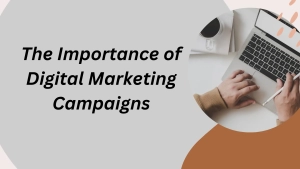
In today’s connected world, traditional marketing methods alone are no longer enough. Digital marketing campaigns allow businesses to reach a wider audience, track consumer behavior, and make data-driven decisions.
Key benefits include:
- Cost-Effective: Compared to traditional marketing, digital campaigns are often more affordable and offer better ROI.
- Targeted Reach: Brands can reach precise audience segments by targeting their preferences, actions, and characteristics
- Real-Time Results: You can track the performance of your campaign instantly and make real-time adjustments.
- Global Reach: Digital marketing eliminates geographical barriers, allowing businesses to expand globally.
2. Types of Digital Marketing Campaigns
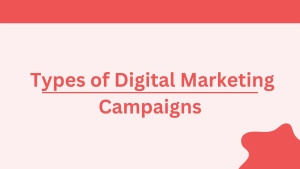
Digital marketing campaigns can take many forms. Below are some of the most frequently used types:
2.1. SEO (Search Engine Optimization) Campaigns
SEO campaigns aim to improve a website’s ranking on search engines like Google, making it easier for potential customers to find your content. Key elements of SEO campaigns include:
- Keyword Research: Uncover top-ranking keywords that align with your audience’s interests.
- On-Page Optimization: Optimize title tags, meta descriptions, headers, and content for targeted keywords.
- Off-Page Optimization: Build high-quality backlinks to improve domain authority.
- Content Creation: Develop valuable, keyword-rich content that engages your audience.
- Technical SEO: Ensure the website is fast, mobile-friendly, and has no crawl errors.
2.2. Pay-Per-Click (PPC) Campaigns
PPC advertising, such as Google Ads, allows you to pay for targeted traffic by bidding on keywords. When users click on your ad, you pay a fee.The most widely used forms of PPC ads are::
- Search Ads: Appear on search engines when someone searches for relevant keywords.
- Display Ads: Banner-style ads that appear on websites within Google’s Display Network.
- Remarketing Ads: Ads focused on users who have shown interest in your website or brand in the past.
2.3. Social Media Marketing Campaigns
Social media platforms such as Facebook, Instagram, Twitter, and LinkedIn offer businesses a platform to connect directly with their audience. Social media campaigns include:
- Organic Posts: Non-paid content designed to engage followers.
- Paid Ads: Social media ads targeting specific user demographics and interests.
- Influencer Marketing: Partnering with influencers to reach their established audiences.
2.4. Email Marketing Campaigns
Email marketing continues to stand out as a key method for engaging with customers directly.
- Newsletters: Periodic emails that keep your audience informed about your business.
- Promotional Emails: Emails that promote discounts or special promotions to encourage transactions.
- Drip Campaigns: A series of automated emails that nurture leads through the sales funnel.
2.5. Content Marketing Campaigns
Content marketing campaigns focus on creating valuable, informative, and engaging content that attracts and retains customers. Some popular content types include:
- Blogs: Posts on topics that address customer pain points or interests.
- E-books and Whitepapers: In-depth resources that provide more detailed information.
- Videos: Engaging visual content that communicates your message effectively.
- Infographics: Visually appealing graphics that convey complex data or processes.
2.6. Affiliate Marketing Campaigns
Affiliate marketing campaigns involve partnering with influencers, bloggers, or publishers to promote your products in exchange for a commission on sales or leads. This form of marketing can help you reach a broader audience and scale your campaign quickly.
3. Key Components of a Successful Digital Marketing Campaign
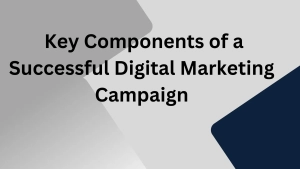
A successful digital marketing campaign requires a well-thought-out strategy and several key components. Here’s a breakdown of the elements that make up a successful campaign:
3.1. Clear Objectives and Goals
Before launching any campaign, it’s crucial to define your goals. What do you want to achieve? Common goals include:
- Increase website traffic
- Generate leads
- Boost brand awareness
- Increase conversions
- Improve customer retention
Set specific, measurable, achievable, relevant, and time-bound (SMART) goals to guide your campaign and measure success.
3.2. Understanding Your Audience
Grasping who your audience is is fundamental to a successful digital marketing strategy.Create detailed buyer personas to understand your audience’s needs, pain points, interests, and behavior. This lets you personalize your campaign to connect with them on a deeper level.
3.3. Budget and Resources
Your campaign’s budget will determine how much you can spend on various tactics such as paid ads, content creation, and tools. Make sure to allocate resources wisely based on the platforms and strategies that align best with your goals.
3.4. A Strong Message
The message you communicate to your audience is crucial. It should be consistent across all channels and resonate with the values and needs of your target audience. Your message should highlight your product or service’s unique value proposition (UVP).
3.5. Testing and Optimization
Constant testing is vital to improve the effectiveness of your campaign. A/B testing, for example, allows you to compare two variations of a campaign element (like an email subject line or ad copy) to see which performs better. Regular optimization ensures your campaign remains relevant and effective.
4. Digital Marketing Campaign Strategy: Step-by-Step Guide
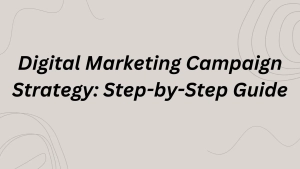
4.1. Define Your Objectives
Define your desired results at the outset of your digital marketing campaign .This will guide your strategy and inform decisions about tactics, channels, and budget allocation.
4.2. Research and Choose Your Channels
Choose the digital channels that best align with your target audience. Some common options include:
- SEO: If your goal is organic traffic, focus on content marketing and improving your website’s search rankings.
- PPC: If you want fast results and are willing to spend, PPC campaigns like Google Ads can drive immediate traffic.
- Social Media: For brand awareness or customer engagement, social media platforms are great.
- Email: Use email to nurture relationships and build long-term customer loyalty.
4.3. Create Compelling Content
Content is at the heart of any digital marketing campaign. Whether it’s blog posts, videos, infographics, or social media updates, create content that aligns with your audience’s needs. Ensure the content is high-quality, informative, and designed to drive action.
4.4. Execute and Monitor the Campaign
Once everything is in place, launch your campaign and monitor performance. Track key metrics such as:
- Website traffic
- Conversion rates
- Engagement levels (likes, shares, comments)
- Email open and click-through rates
- ROI (Return on Investment)
4.5. Optimize and Refine
Optimization is an ongoing process. Regularly assess how your campaign is performing, make necessary adjustments, and test new ideas to improve results. For example, you might tweak ad copy or adjust targeting criteria for better performance.
5. How to Measure the Success of Your Digital Marketing Campaign
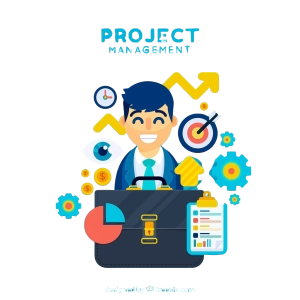
Measuring the effectiveness of your digital marketing campaign is essential for understanding its ROI and making data-driven decisions for future campaigns. Common metrics to track include:
- Website Traffic: The number of visitors to your website can indicate how successful your campaign is at attracting new visitors.
- Lead Generation: The number of new leads generated can show how effectively your campaign is moving people through the sales funnel.
- Conversion Rate: The percentage of visitors who take a desired action (e.g., make a purchase or fill out a form) is a key metric for campaign success.
- Engagement Metrics: Social media likes, shares, comments, and email open rates are essential for evaluating engagement.
- Sales: Ultimately, sales or revenue generated from the campaign is the best indicator of success.
6. Common Digital Marketing Campaign Mistakes to Avoid
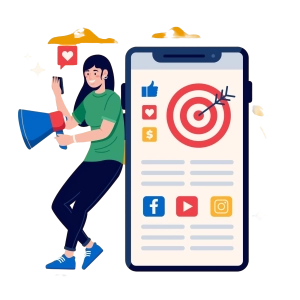
While creating and executing a digital marketing campaign, it’s easy to make mistakes. Here are some common pitfalls to avoid:
- Lack of Clear Goals: Without clear goals, you won’t know what you’re aiming for, and you can’t measure success.
- Ignoring Audience Insights: Not understanding your target audience can lead to irrelevant content and poor engagement.
- Overlooking Mobile Optimization: Ensure that your website and ads are mobile-friendly, as mobile traffic continues to rise.
- Neglecting A/B Testing: Not testing variations of your campaign can lead to missed opportunities for optimization.
- Failing to Monitor: Ignoring campaign performance metrics can result in missed chances to refine your campaign for better results.
7. Importance of Consistency Across All Channels

A successful digital marketing campaign isn’t just about selecting the right channels but also about maintaining consistency across all of them. Whether it’s your messaging, visuals, or tone, consistency is essential to build trust and create a cohesive brand identity.
- Unified Brand Voice: Ensure that your messaging is aligned across all platforms, whether it’s your website, social media, email, or ads.
- Visual Consistency: Use the same color schemes, fonts, and logos across all marketing materials to make your brand instantly recognizable.
- Consistency in Timing: Consistent posting or emailing can help maintain engagement. Create a content calendar for your posts and campaigns.
8. The Power of Data-Driven Marketing
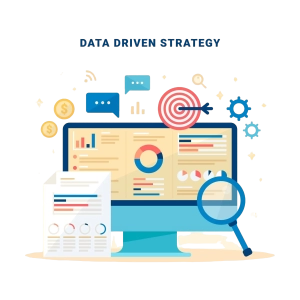
Data is a powerful tool that can guide your decision-making process in a digital marketing campaign. By leveraging analytics, you can gain valuable insights into your audience’s behavior, preferences, and pain points.
- Customer Behavior Insights: Use Google Analytics or social media insights to understand how customers are interacting with your website or social profiles.
- Predictive Analytics: By analyzing historical data, you can predict future trends and adjust your strategies accordingly.
- A/B Testing Data: Use A/B testing results to make data-driven decisions on everything from email subject lines to landing page designs.
- Personalization: Data allows you to segment your audience and create personalized content that speaks directly to individual needs.
9. Leveraging User-Generated Content (UGC)

User-generated content (UGC) is a key asset in digital marketing.Encouraging your customers to create content related to your brand can build trust and increase engagement.
- Social Proof: When potential customers see real people using your product or service, it increases credibility.
- Hashtags and Contests: Create branded hashtags or run content contests to motivate users to share their experiences.
- Product Reviews: Encourage customers to leave reviews or testimonials that can be shared on your website or social media.
10. Omnichannel Marketing: Connecting the Dots

Omnichannel marketing creates a seamless experience across all customer touchpoints . Your audience should be able to interact with your brand across different platforms without feeling disconnected.
- Cross-Platform Engagement: For example, a user who sees an ad on Instagram should be able to click it and continue their experience seamlessly on your website or landing page.
- Unified Customer Journey: Design a journey that allows customers to easily transition from awareness to consideration to purchase across all platforms.
- Integrated CRM: A customer relationship management (CRM) system can help consolidate data across channels and track interactions.
Conclusion: The Future of Digital Marketing Campaigns
The digital marketing landscape continues to evolve with new technologies, platforms, and consumer behaviors. To succeed, businesses must adapt and innovate, embracing the latest trends and strategies to reach their target audience.
By staying flexible, data-driven, and customer-focused, you can create impactful digital marketing campaigns that not only drive traffic but also build long-term relationships with your audience. Whether you’re new to digital marketing or looking to refine your strategies, understanding these key components will set you on the path to success.
Author : Junais
Learner of Digiskillz ,Digital marketing course in Kottakkal


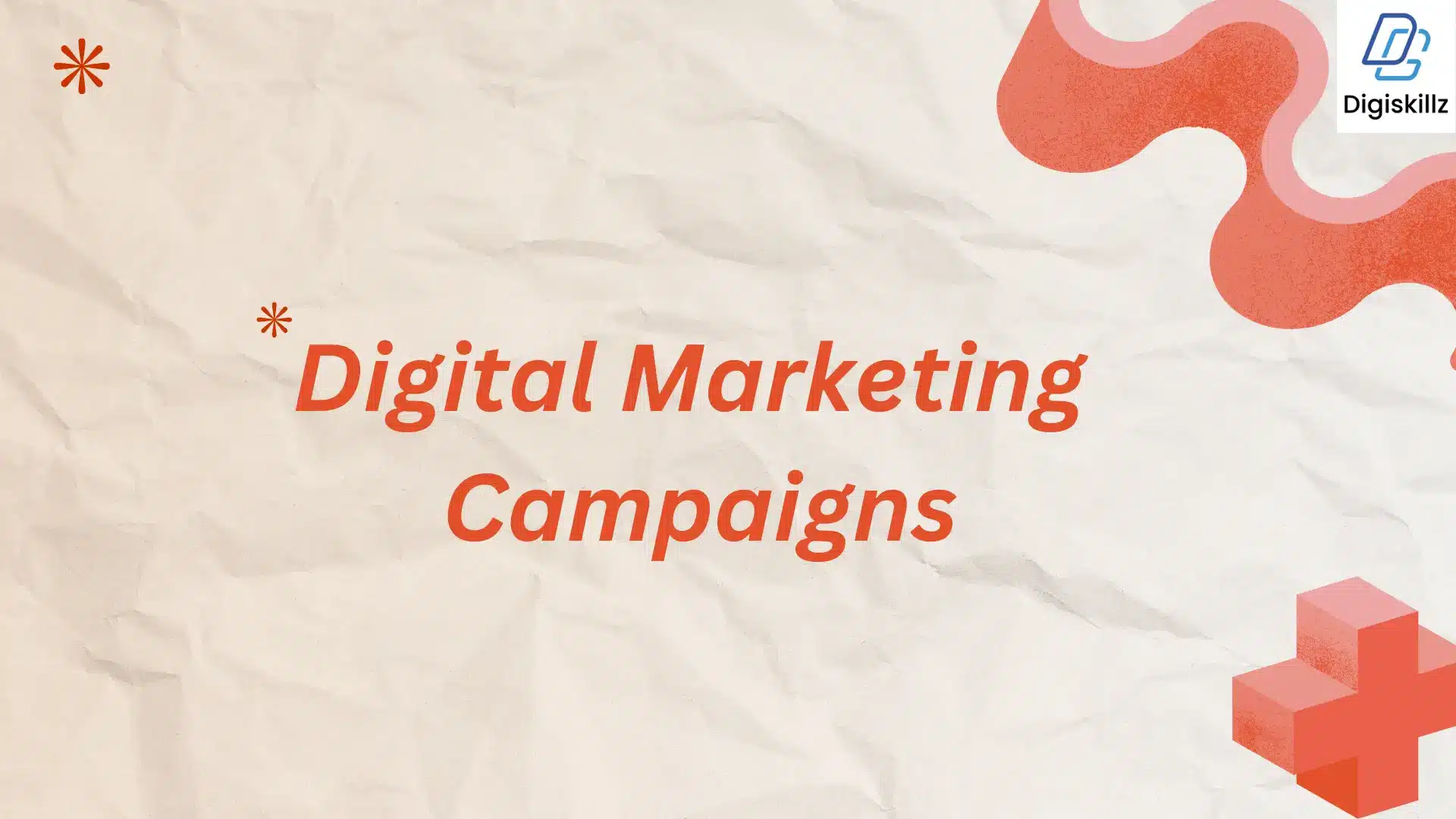
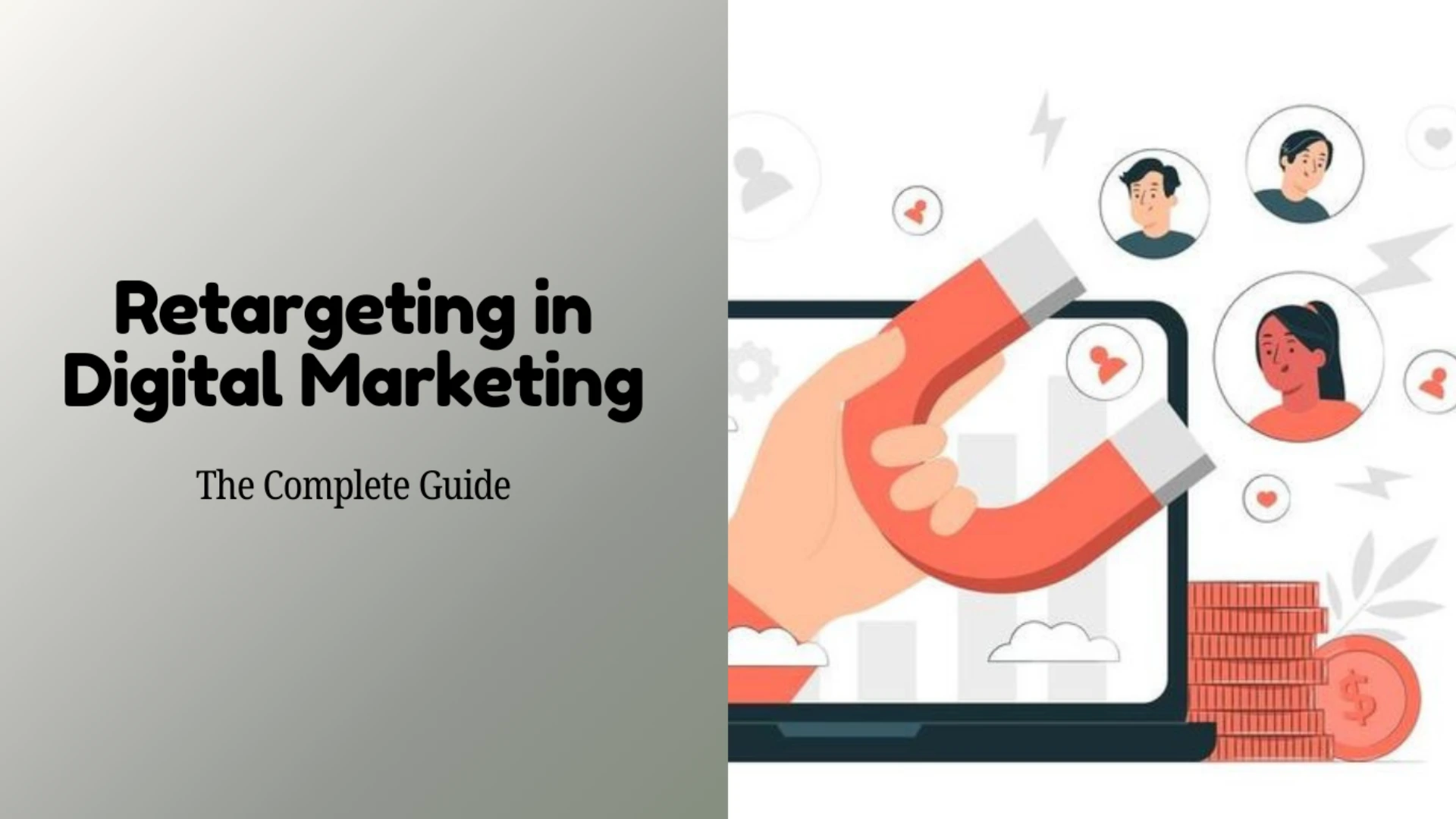
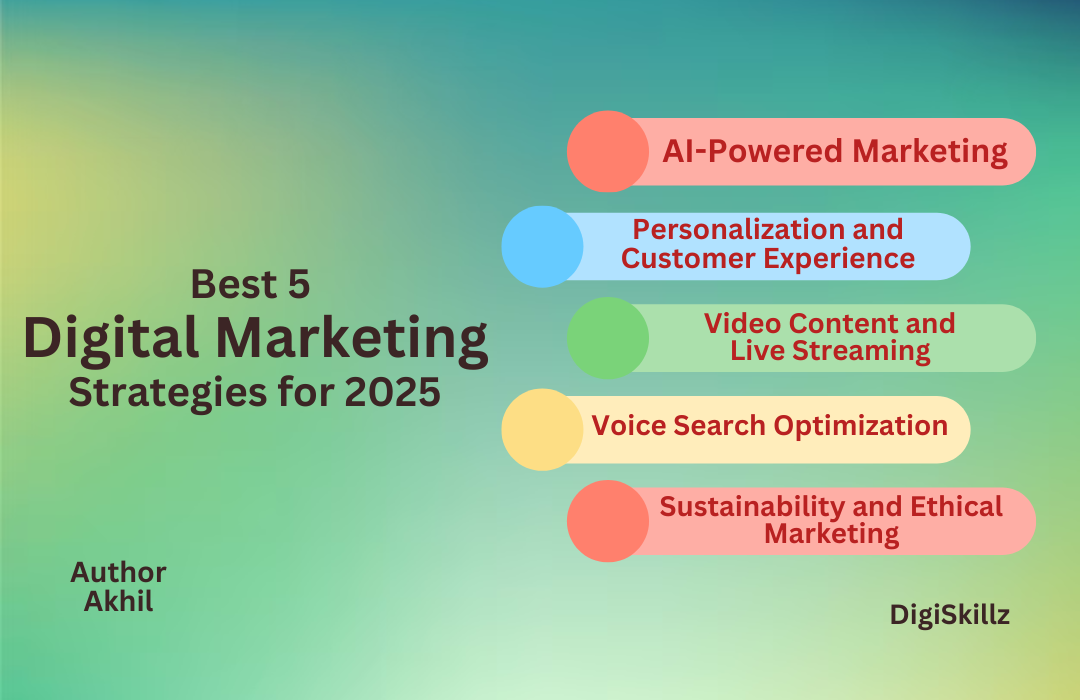
Leave A Comment